Premature Ejaculation
- Home
- Premature Ejaculation

Premature ejaculation, the most common among ejaculation-related diseases and called by names such as "premature ejaculation" and "ejaculatory precox" in medical language, is a disease that affects 22.7% of men aged 18-70 worldwide, and therefore the same proportion of couples. According to this figure, there are an estimated 4,829,901 men who have premature ejaculation problems in Turkey as of 2009. This number is an estimated figure calculated for Turkey with foreign data, and in order to calculate the actual figures for our country, a study of 2700 men in 16 provinces has been initiated by the Turkish Andrology Association, which will allow premature ejaculation in the general population to be calculated for the first time in Turkey. The first evidence-based definition of premature ejaculation, which has various definitions in medical language, was made by the International Society of Sexual Medicine in 2008. According to this definition, premature ejaculation is the inability to delay ejaculation from the onset of sexual intercourse and is characterized by the following disorders of sexual function.
Ejaculation is always or almost always before the male genitalia merge with the female genitalia, or about 1 minute.
It does not have the ability to delay ejaculation in all or almost all vaginal mergers.
It has negative personal consequences, such as stress, demoralization, boredom, and/or avoidance of sexual intercourse.
The numerical expression of premature ejaculation is that the time after the male genitalia merges with the female genitalia is less than 0.9 minutes (54 seconds) until ejaculation or withdrawal to avoid ejaculation. This definition refers to severe premature ejaculation, while this time is likely to be between 0.9-1.3 minutes(78 seconds), indicating the problem of premature ejaculation. It is possible to divide premature ejaculation into ‘life-long’ and ‘a disease that occurs later when it is not before’. Causes of premature ejaculation problem that occurs later; it is usually hormonal disorders such as prostate inflammation, hyperthyroidism, psychological and Nervous Diseases, and improvements in premature ejaculation are observed with the treatment of these diseases. But the treatment of lifelong premature ejaculation, which makes up the vast majority of patients, is more complex and difficult.
TREATMENT
Treatment of premature ejaculation with medication: the most commonly used method for treating PREMATURE EJACULATION is oral medications. For this purpose, drugs known as SSRIs are used, and the general use of these drugs is to take an oral tablet every day. The delay in ejaculation with this method of treatment begins to occur 5-10 days after the start of treatment and continues as long as the drug is used. Side effects such as fatigue, nausea, sweating, yawning may occur and occur in the first week after the start of treatment, decrease and disappear within 3-4 weeks. Disadvantages of this treatment are the need to use medications every day by the patient and the side effects that occur. "Dapoxetine", a new form of the same type of drugs, has been developed as a result of the low rate of patients continuing treatment due to the need for daily use and side effects, despite the effect of SSRI-type drugs in treatment.
This drug is used 1-3 hours before the relationship, the absence of daily use and thus less side effects increase patient satisfaction and treatment success. In addition to "dapoxetine" treatment for premature ejaculation, a PDE-5 inhibitor can also be added to the treatment in men with erectile problems. PDE-5 inhibitors, which can usually be used in combination with SSRI inhibitors, are believed to have an effect by increasing the level of hardening, shortening the time required for re-hardening after ejaculation, and thus reducing performance anxiety.
This drug is used 1-3 hours before the relationship, the absence of daily use and thus less side effects increase patient satisfaction and treatment success. In addition to "dapoxetine" treatment for premature ejaculation, a PDE-5 inhibitor can also be added to the treatment in men with erectile problems. PDE-5 inhibitors, which can usually be used in combination with SSRI inhibitors, are believed to have an effect by increasing the level of hardening, shortening the time required for re-hardening after ejaculation, and thus reducing performance anxiety.
Use of local anesthetic creams in treatment: another method used to treat premature ejaculation is the use of creams containing local anesthetic. Creams/ gels/ sprays applied to the penis before intercourse delay ejaculation, creating a loss of sensation in the penis. Psychological treatment for premature ejac
Order Blogs
-
 What is Cybernix Therapy?
What is Cybernix Therapy?
-
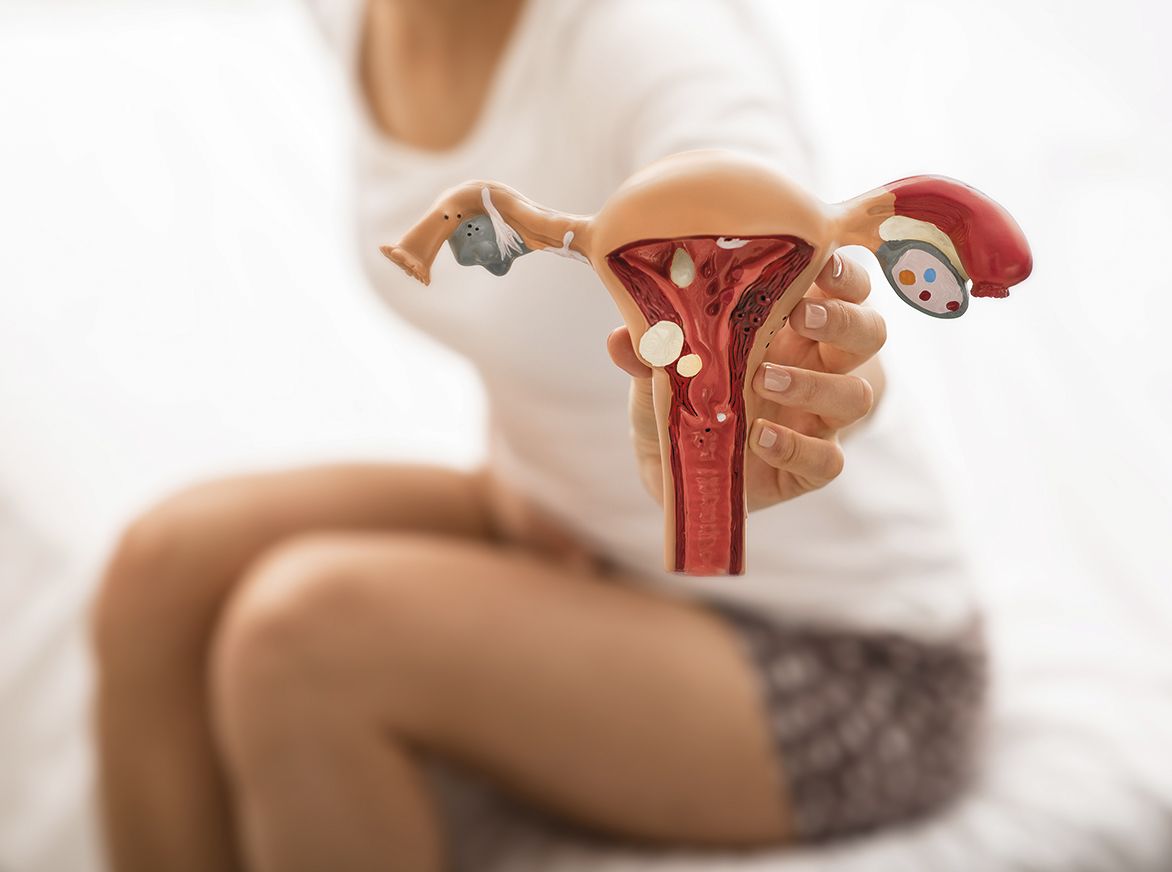 What is Endometriosis (Chocolate Cyst)? What are the symptoms? How to Treat?
What is Endometriosis (Chocolate Cyst)? What are the symptoms? How to Treat?
-
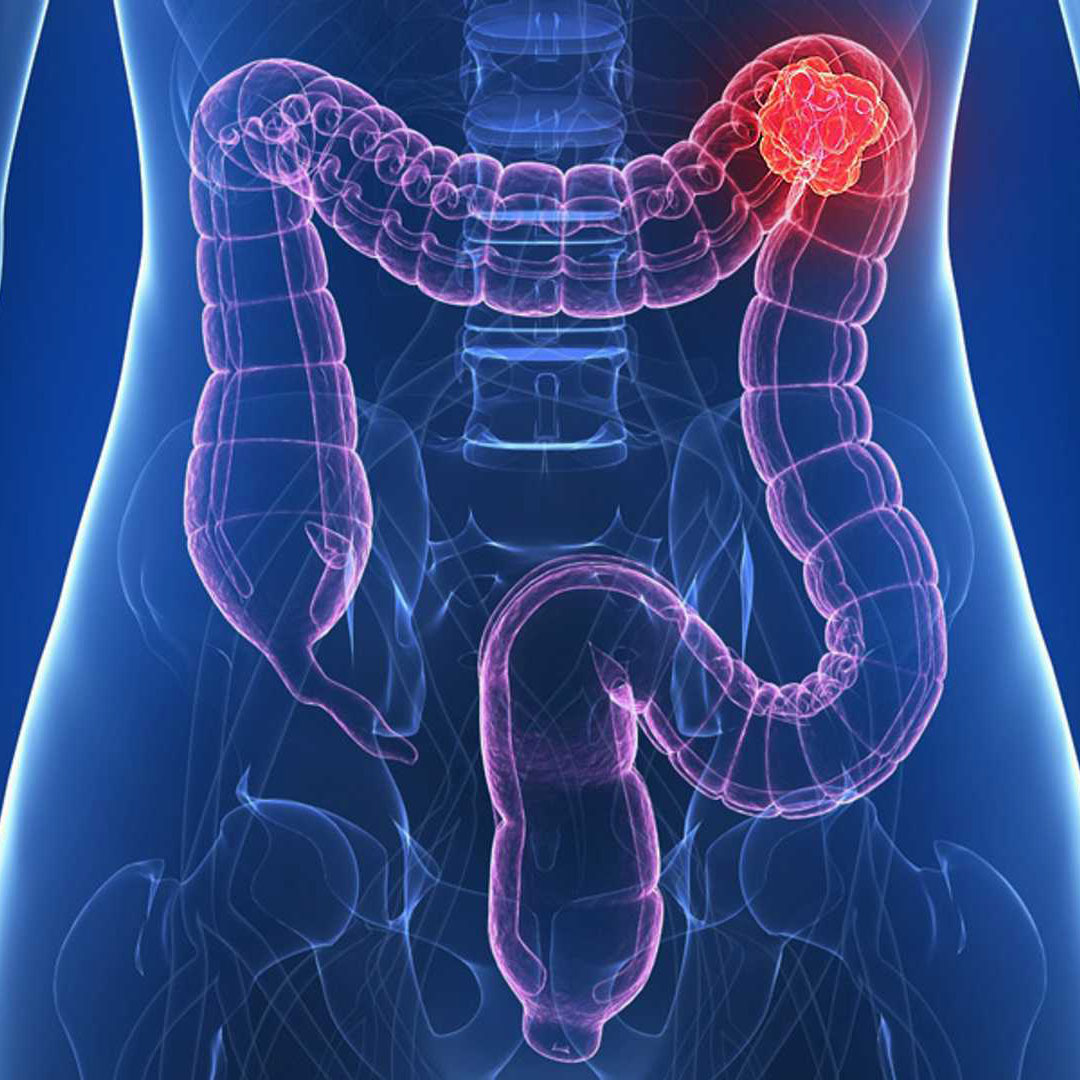 Colon Cancer (Symptoms, Stages, Treatment)
Colon Cancer (Symptoms, Stages, Treatment)
-
 Influenza (Flu) in Children
Influenza (Flu) in Children
-
 Stomach Cancer Symptoms and Treatment Methods
Stomach Cancer Symptoms and Treatment Methods
-
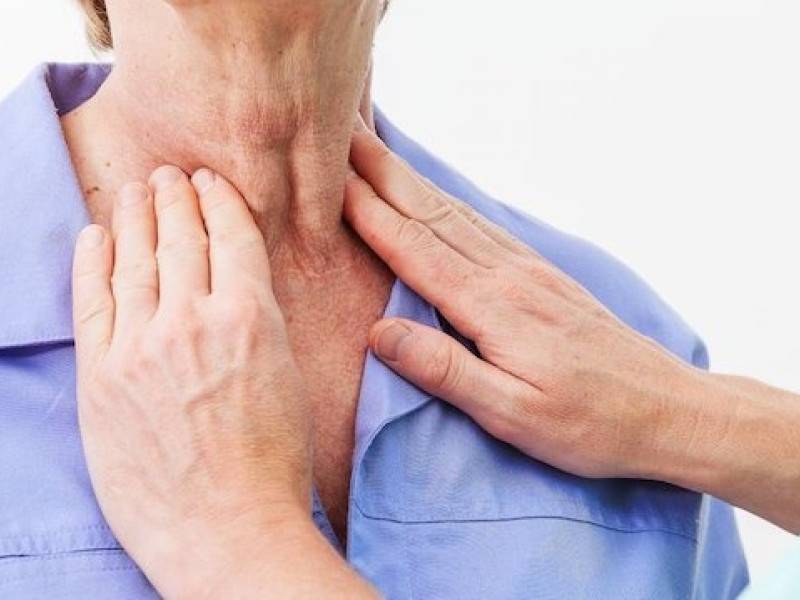 What is Lymph Node Swelling? What Are The Reasons?
What is Lymph Node Swelling? What Are The Reasons?
-
 When to Use Antibiotics? What are the side effects? What is Antibiotic Resistance?
When to Use Antibiotics? What are the side effects? What is Antibiotic Resistance?
-
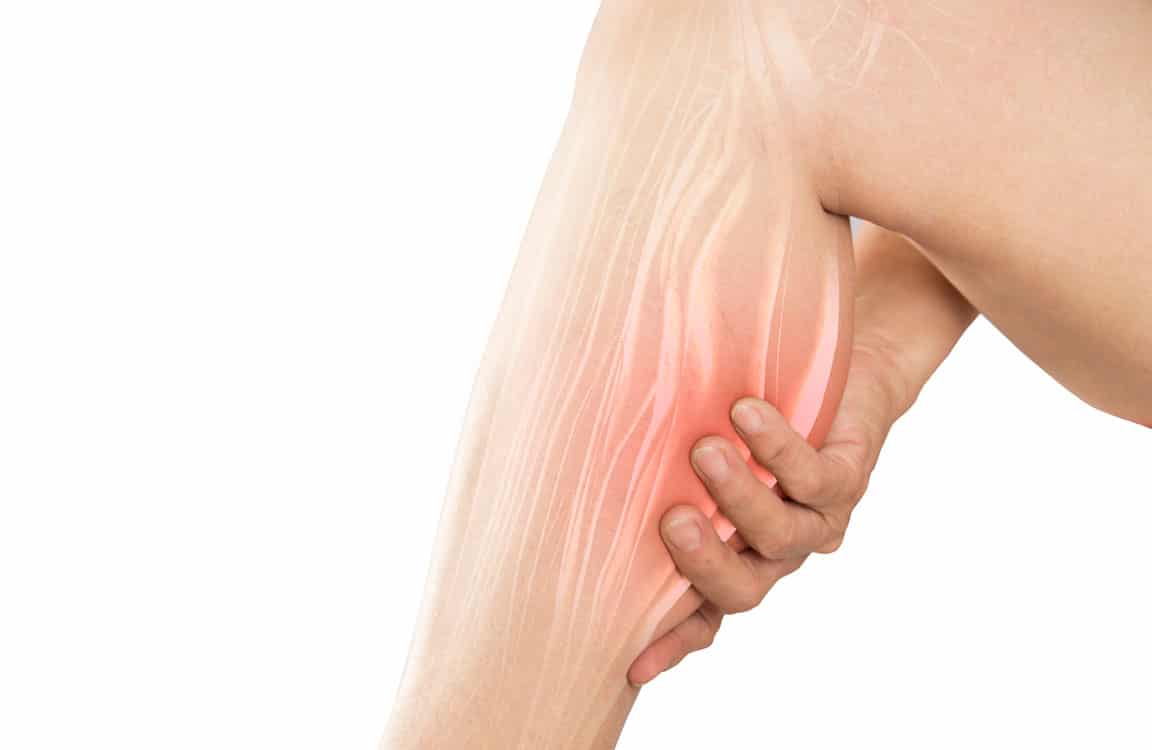 What is Muscle Spasm?
What is Muscle Spasm?
-
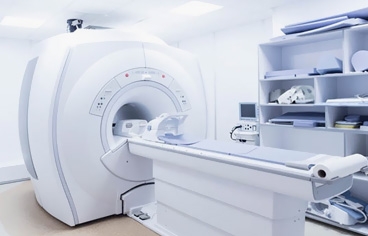 What is MRI? How to Take an MRI with Medication? Is It Harmful?
What is MRI? How to Take an MRI with Medication? Is It Harmful?
-
 What are the Causes of Diarrhea and Vomiting? How to Treat?
What are the Causes of Diarrhea and Vomiting? How to Treat?
